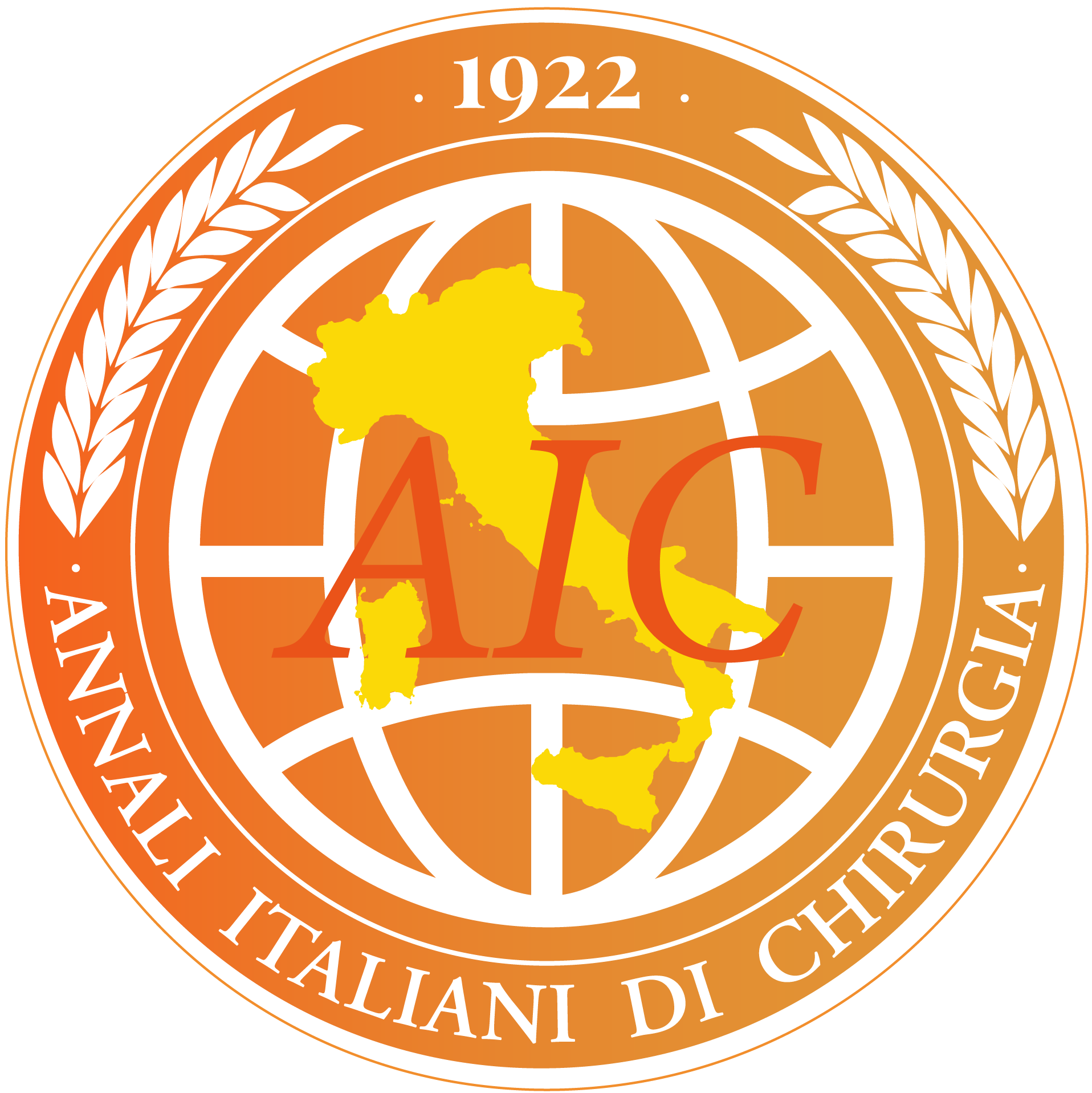20 Aug 2024
ArticleClinical Effects of Enhanced Recovery after Surgery in Perioperative Period Patients with Video-Assisted Thoracoscopic Lobectomy
Yinhui Xu 1Guanghui Liang 1Wei Wang 1Wenqun Xing 1Junxiao Liu 2
Affiliations
Article Info
1 Department of Thoracic Surgery, The Affiliated Cancer Hospital of Zhengzhou University & Henan Cancer Hospital, 450008 Zhengzhou, Henan, China
2 Department of Operating Room, The Affiliated Cancer Hospital of Zhengzhou University & Henan Cancer Hospital, 450008 Zhengzhou, Henan, China
Ann. Ital. Chir., 2024, 95(4), 100174; https://doi.org/10.62713/aic.3386
Published: 20 Aug 2024
Copyright © 2024 The Author(s).
This work is licensed under a Creative Commons Attribution 4.0 International License.
Abstract
AIM: Enhanced recovery after surgery (ERAS) guidelines provide significant benefits for patients after surgery. Care bundles combine various evidence-based treatments and care measures for managing refractory clinical diseases. Therefore, we aimed to evaluate the ERAS measures and care bundles to reduce post-operative complications associated with video-assisted thoracic surgery (VATS) lobectomy and promote patients' recovery. METHODS: As a retrospective study, this study included 120 non-small cell lung carcinoma patients, who were divided into a control group and an observation group according to the post-operative care methods of the patients in the medical record system. Among them, sixty patients, admitted from January 2018 to January 2019, were included in the control group, and 60 patients, admitted from January 2022 to January 2023, were included in the observation group. The control group received routine care (non-ERAS group), and the observation group followed the bundles of care strategy based on ERAS guidelines (ERAS group). Data collected included baseline characteristics, clinical parameters, and post-operative parameters of patients in the ERAS and non-ERAS groups. The clinical data of all patients came from the hospital medical record system. RESULTS: There were no significant differences in gender, age, tumor node metastasis (TNM) stages, smoking, and drinking between the ERAS and non-ERAS groups (p > 0.05). Similarly, no significant differences were observed in Cardiac Ejection fraction (≥50%), forced expiratory volume in 1 sec % (FEV1%) forced vital capacity (FVC), Lymphocyte, Neutrophils (%), and Tumor diameter between the ERAS and non-ERAS groups (p > 0.05). In contrast, significant differences were found in FVC, FEV1%, diffusing capacity of the lungs for carbon monoxide single breath (DLCO SB), Albumin, C-reactive protein, Leukocyte, Monocytes, Lymphocyte (%), Hemoglobin, and Neutrophils between the ERAS and non-ERAS groups (p < 0.05). Furthermore, Receiver Operating Characteristic (ROC) analysis indicated that Leukocytes, DLCO, C-reactive protein (CRP), FEV1%, Monocytes, Lymphocytes (%), Neutrophils (%), and Body Mass Index (BMI) were essential predictors of ERAS. Using cutoff values of Leukocytes >12.5, FEV1% >112.9, Monocytes >16.8 (109/L), and Neutrophils >11.6, patients undergoing VATS lobectomy were more likely to experience a quick recover. When ERAS measures integrated bundles of care, the extubation time can reduced to less than 5.5 days, the visual analogue scale (VAS) score to less than 3.5, and the post-operative hospital stay to less than 10.5 days. CONCLUSIONS: ERAS management measures based on bundles of care can significantly improve the prognosis of patients undergoing VATS lobectomy, reduce post-operative complications, and accelerate safe rehabilitation. Furthermore, they can greatly shorten hospital stays, lower overall healthcare costs, and alleviate social and family burdens. These significant differences may be related to factors such as Leukocytes, FEV1%, Monocytes, and Neutrophils.
Keywords
- bundles of care
- enhanced recovery after surgery
- non-small cell lung carcinoma
- VATS lobectomy
article-detail-mobile

